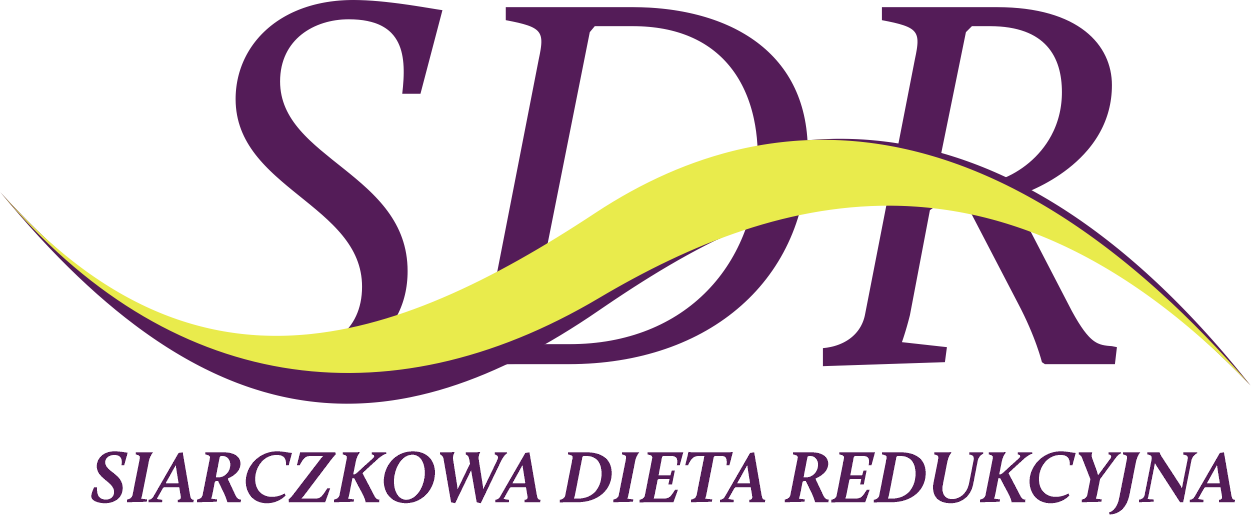
Chronic respiratory diseases
Chronic respiratory diseases
Chronic respiratory diseases are a group of diseases that affect the respiratory tract and other structures of the lungs. The most common of these are chronic obstructive pulmonary disease (COPD), asthma, bronchiectasis and interstitial lung diseases. These diseases are characterized by a long-term course and gradual deterioration of respiratory function.
The main symptoms of chronic respiratory diseases include shortness of breath, chronic cough, increased sputum production and reduced exercise tolerance. As the disease progresses, patients may experience increasing difficulties in performing daily activities, which leads to a reduced quality of life and an increased risk of complications such as respiratory infections or respiratory failure.
Prevention of respiratory diseases
- Complete cessation of smoking and avoidance of passive smoking.
- Avoidance of polluted air, including the use of protective masks when necessary.
- Regular physical activity adapted to the patient's abilities.
- Maintaining a healthy body weight.
- Vaccination against influenza and pneumococci.
- Avoiding respiratory infections by washing your hands frequently and avoiding large crowds during the infectious season.
- Proper humidification and purification of indoor air.
- A healthy, balanced diet rich in antioxidants.
- Regular spirometric tests, especially for people at risk.
- Avoiding exposure to harmful substances in the workplace and using appropriate protective equipment.
- Managing stress, which can exacerbate the symptoms of some respiratory diseases.
- Adequate hydration.
- Avoiding sudden changes in temperature.
- Education on early recognition of symptoms of exacerbations.
Treatment of respiratory diseases
The treatment of chronic respiratory diseases is comprehensive and requires an individual approach to each patient. The basis of therapy is pharmacotherapy, which aims to alleviate symptoms and slow down the progression of the disease. Depending on the type of disease, bronchodilators, inhaled corticosteroids, anti-inflammatory drugs and antibiotics in the case of exacerbations are used.
Respiratory rehabilitation is a key element of treatment. It includes breathing exercises, respiratory muscle training, learning effective expectoration and general improvement of physical fitness. Rehabilitation programs are tailored to the individual needs and capabilities of the patient, and their goal is to improve the quality of life and increase independence in everyday functioning.
In advanced stages of the disease, home oxygen therapy or non-invasive ventilation may be necessary. In some cases, especially in COPD, surgical treatment, such as lung volume reduction or lung transplantation, is also considered. An important aspect of therapy is also educating the patient and their family about disease management, use of medications and breathing techniques, and recognizing and responding to exacerbations.



